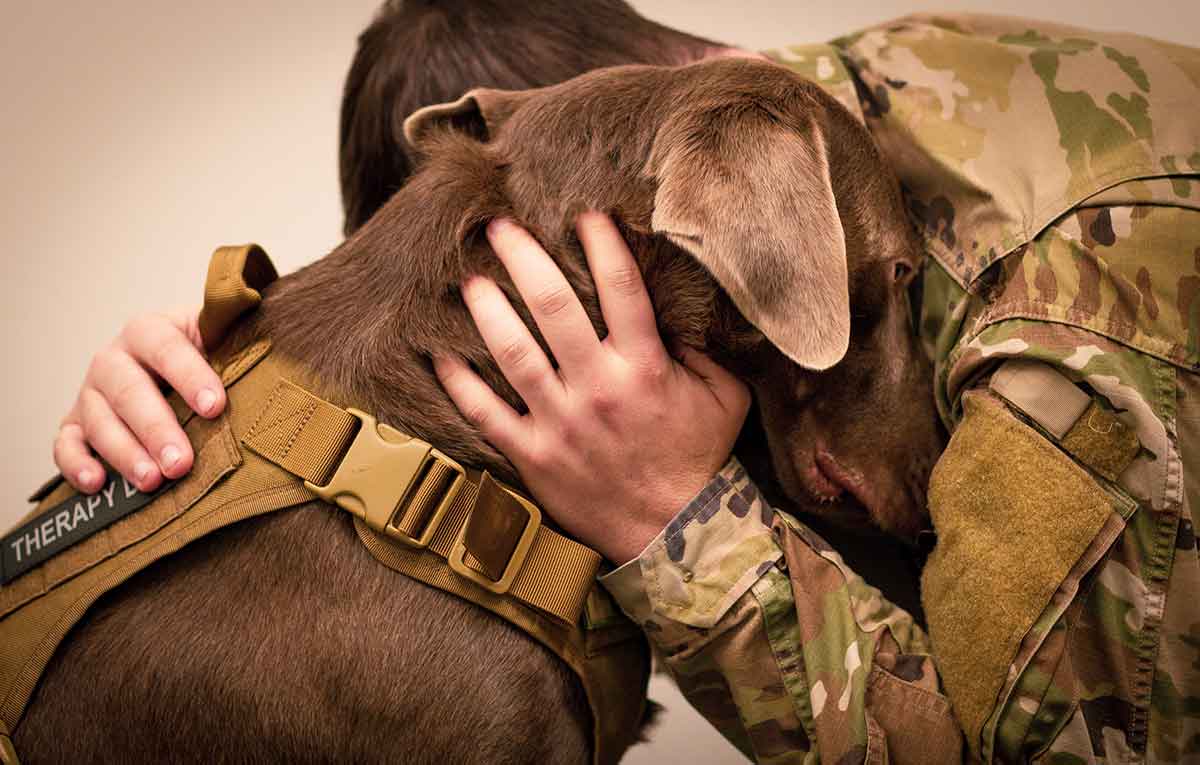Understanding Combat PTSD as a Learned Response
For returning OEF/OIF combat veterans, a diagnosis of PTSD can contribute to a wide range of emotional reactions, ranging from relief to shame. Educating the individual on their PTSD diagnosis is the beginning of an often long journey to recovery. However, it may also be the most essential. Many symptoms associated with PTSD—hypervigilance, feeling detached/numb, intrusive memories, intolerance for mistakes—are the very skills and adaptive reflexes combat veterans learn in order to increase their chances at survival in a combat scenario. When returned to a civilian world, these skills are no longer applicable, though they remain every bit as engrained in the individual, which makes these skills impairing. The fact that a learned response is advantageous in one environment (i.e., combat), while disabling in another environment (i.e., a crowded mall), is the very starting point at which we begin to educate an individual on their PTSD diagnosis.
Psychological diagnoses have historically contributed to a stigmatized understanding of mental health conditions, characterized by such antiquated notions of “It’s all in my head” and inaccuracies that the individual is a victim, weak, or to blame for his or her problems. A far more accurate way of educating combat veterans on PTSD symptoms includes a psycho- (of brain) physiological (of body) explanation.
Combat military personnel develop a sharply trained ability to perceive specific threats. The reflexive nature of this threat-perception is considered a skill; a skill that increases the individual and unit’s chance of survival. However, when removed from its military application, this reflex causes hypervigilant arousal in crowded places. The veteran cannot simply turn off the deeply engrained reflex to scan his or her area for a possible threat. The brain and body has, through months and/or years of daily training, come to respond in a reflexive or automatic way.
Similarly, combat veterans quickly learn the advantage of emotional control in combat. Emotional dysregulation is the surest way to an early death, because a helpless response while under fire will fail to provide the individual with the assertive behavioral response needed to fight back or flee to safety. However, this adaptive skill, reinforced through training, is likely to contribute to detached and numbing emotions toward friends and family when the service member returns home. The body and mind cannot simply turn off the automatic response.
Additionally, intense mission preparedness in demanding and harsh conditions, an attention to detail, and intolerance for mistakes is not only experienced real-time, but is repeatedly simulated via after action reviews (AARs). This propensity to minimize mistakes, scrutinize details, and repeatedly review “what happened” lends itself to reliving combat events (i.e., intrusive symptoms) and de facto second-guessing. This contributes further to negative emotional states (i.e., depression, guilt) often associated with PTSD.
To understand on a small scale what this must be like, consider burning your hand on a hot stove. It only takes one burn for you to recognize the stove as a potential threat at each subsequent encounter with a stovetop. That is, if you burn your hand on a stove, you will be “alert” to the possibility of burning yourself again when you see a stovetop. Your body remains vigilant to protect you against further threats (i.e., you may find yourself quick to examine the stovetop for weeks or months following a significant burn to ensure you don’t burn yourself again). With time and without a reoccurrence, the significance of the burn is likely to fade and you may find yourself back in a kitchen without immediate thoughts of burning yourself. And one day, you no longer think of the burn or feel alert near a stovetop as you once did.
A single event is far from the grueling and repetitious training endured by combat veterans. For these individuals, when removed from combat and returned to a civilian world, their once adaptive skill set has now become their very impairment. Their symptoms are trained; they are involuntary, instinctive, and perhaps even unconscious.
Combat veterans diagnosed with PTSD can benefit from an accurate understanding of their “symptoms.” In fact, learning to identify the presence of their “skill set” back in civilian life is the foundation for developing a new counter-balancing, coping skill set. In this way, the problem (i.e., deeply engrained reflexive skills) sets the stage for its solution (i.e, learning new adaptive skills).

